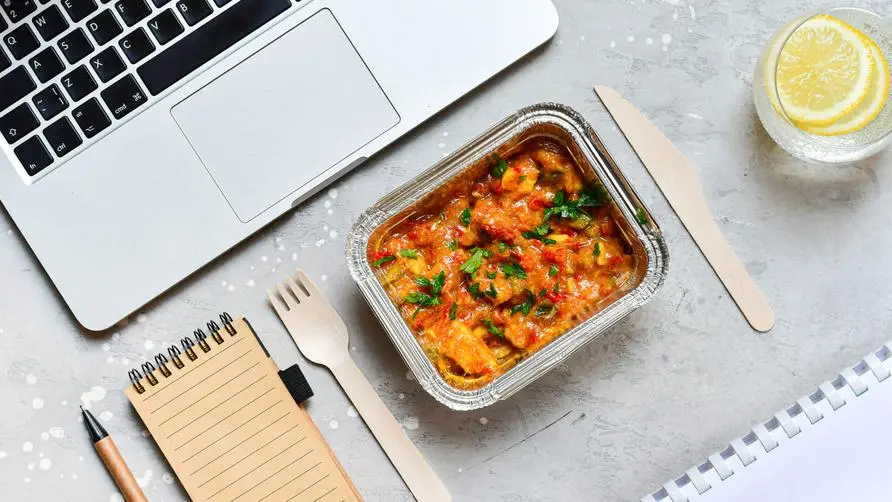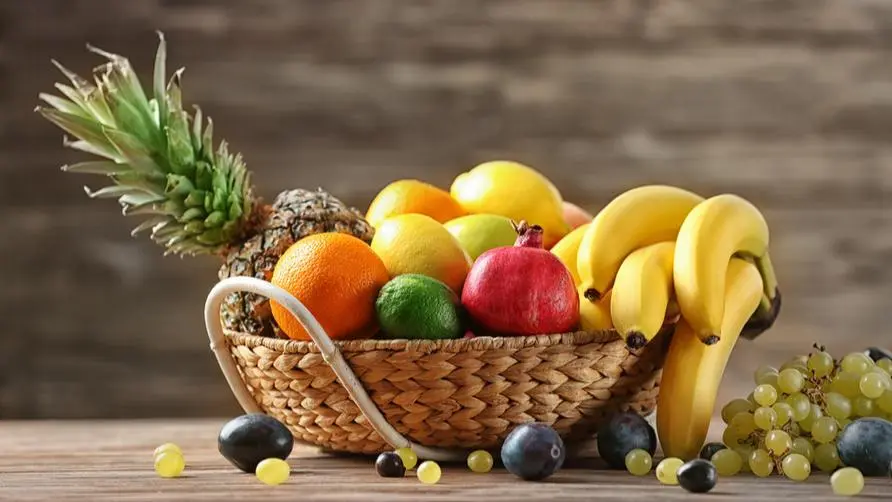"It smells so good!" Will packaging and color affect the taste? Don't fall into the "tongue nipple" trap of heavy flavors

When you see a specific picture, do you always “automatically guess” the exclusive theme song in your mind? Well-known American wrestling superstar John. When John Cena came on the scene, the theme song was too brainwashing and left a deep memory in the minds of the villagers, no matter John. Whenever and wherever Southwest appears, the melody of the theme song always follows. The sensations received by the senses may not only be linked to specific memories, but may also cause changes between different sensations. The latest research from the University of South Florida points out that vision may affect “taste” and even change people’s sense of taste. Feelings about the taste of food.
A group test of taste bud acuity shows that food tastes more delicious when you look at it before eating it
The University of South Florida conducted a series of experiments. In the first experiment, nearly 200 subjects participated. Each piece of food will be wrapped in transparent or opaque packaging respectively. The team divided them into four items based on different sensory sequences: seeing food first and then smelling it, smelling it first and then seeing food, only seeing food, and only smelling smell. Even though the food in the package was the same, the subjects thought the food smelled better and tasted better after seeing what the food looked like and then smelling it.
The research team then asked the experimenters to conduct a second test, pouring yellow lemonade into a transparent plastic cup with a lid and a solid-color plastic cup with a lid. Lemon balm was added to both cups. The results were similar to the first experiment, with subjects believing that seeing the drink first and then smelling it would make them drink more lemonade. Additionally, the researchers added unflavored purple food coloring to the same drinks, a color that often contradicts lemons, which are usually green or yellow. With the addition of purple pigment, many subjects reported that the lemonade “became harder to drink.”
Dipayan, the main author of the experiment. Dipayan Biswas said that this experiment revealed how modern companies can attract target customers through outer packaging, because visuals can help enhance the taste perception of food, thereby helping companies increase sales and corporate image. Biswas also believes that this theory may also apply to snacks such as potato chips and corn chips. If food companies switch to transparent packaging for sale, it may arouse more people’s interest.
Taste plays an important role in determining personal health or obesity
Why are humans so responsive to taste? Research from Ohio State University in the United States shows that there is a structure called “papillae” on the human tongue, and there are four types of tongue papillae with different functions, three of which contain taste buds, which can help us Recognize the taste of food. Research suggests that taste buds can help humans avoid toxic substances and identify foods with nutritional value, and can even induce our cravings for sweets, snacks and other foods. Therefore, taste can greatly affect a person’s eating habits. Whether he becomes healthier or fatter, taste plays an important role.
Understanding the impact of taste on the brain may hold the key to controlling your weight. One of the costs of constantly stimulating the sense of taste is that the tongue papillae or taste buds are overstimulated for a long time, leading to the consumption of food with more and more flavors. If you want to change your body’s craving for heavy flavors, it’s better to eat more “prototype foods” that are natural and less seasoned. In addition to absorbing more complete nutrients, you can also avoid weight gain. In short, if you feel that the prototype food tastes “not tasty enough”, remember to stop and think: “Do I really need to eat it? Or am I being deceived by the tongue nipple?” Maybe you can reverse the strong taste. Eliminate constraints and win back a healthier body!
source:





